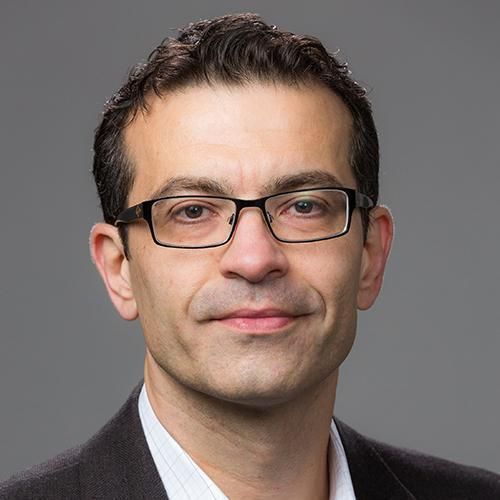
Tissue-engineered cardiac patch for advanced functional maturation of human ESC-derived cardiomyocytes.
Human embryonic stem cell-derived cardiomyocytes (hESC-CMs) provide a promising source for cell therapy and drug screening. Several high-yield protocols exist for hESC-CM production; however, methods to significantly advance hESC-CM maturation are still lacking. Building on our previous experience with mouse ESC-CMs, we investigated the effects of 3-dimensional (3D) tissue-engineered culture environment and cardiomyocyte purity on structural and functional maturation of hESC-CMs. 2D monolayer and 3D fibrin-based cardiac patch cultures were generated using dissociated cells from differentiated Hes2 embryoid bodies containing varying percentage (48-90%) of CD172a (SIRPA)-positive cardiomyocytes. hESC-CMs within the patch were aligned uniformly by locally controlling the direction of passive tension. Compared to hESC-CMs in age (2 weeks) and purity (48-65%) matched 2D monolayers, hESC-CMs in 3D patches exhibited significantly higher conduction velocities (CVs), longer sarcomeres (2.09 ± 0.02 vs. 1.77 ± 0.01 μm), and enhanced expression of genes involved in cardiac contractile function, including cTnT, αMHC, CASQ2 and SERCA2. The CVs in cardiac patches increased with cardiomyocyte purity, reaching 25.1 cm/s in patches constructed with 90% hESC-CMs. Maximum contractile force amplitudes and active stresses of cardiac patches averaged to 3.0 ± 1.1 mN and 11.8 ± 4.5 mN/mm(2), respectively. Moreover, contractile force per input cardiomyocyte averaged to 5.7 ± 1.1 nN/cell and showed a negative correlation with hESC-CM purity. Finally, patches exhibited significant positive inotropy with isoproterenol administration (1.7 ± 0.3-fold force increase, EC50 = 95.1 nm). These results demonstrate highly advanced levels of hESC-CM maturation after 2 weeks of 3D cardiac patch culture and carry important implications for future drug development and cell therapy studies.
Duke Scholars
Altmetric Attention Stats
Dimensions Citation Stats
Published In
DOI
EISSN
ISSN
Publication Date
Volume
Issue
Start / End Page
Related Subject Headings
- Tissue Scaffolds
- Tissue Engineering
- Time Factors
- Receptors, Adrenergic, beta
- Phenotype
- Myocytes, Cardiac
- Myocardial Contraction
- Mice
- Humans
- Gene Expression Regulation
Citation

Published In
DOI
EISSN
ISSN
Publication Date
Volume
Issue
Start / End Page
Related Subject Headings
- Tissue Scaffolds
- Tissue Engineering
- Time Factors
- Receptors, Adrenergic, beta
- Phenotype
- Myocytes, Cardiac
- Myocardial Contraction
- Mice
- Humans
- Gene Expression Regulation

